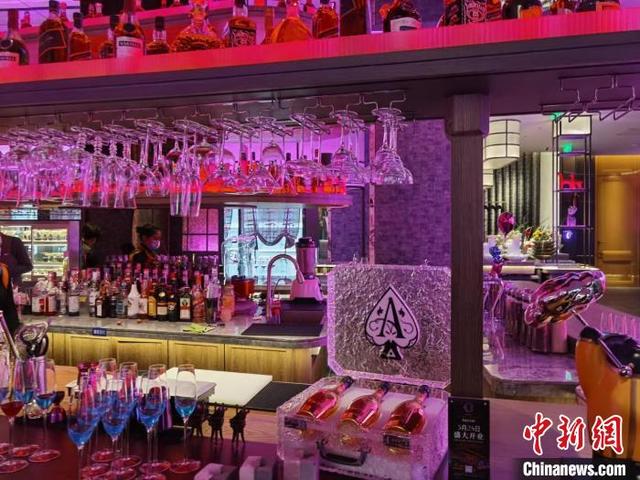Hotpot brands get more creative to attract young patrons
In China, hotpot restaurants are places where Generation Z, referring to those born between 1995 and 2009, can connect with friends and express their individuality. To satisfy such demands, hotpot brands have started to roll out a basket of creative services.

Spicy Sichuan hotpot. (Photo/Chinanews.com)
At a hotpot restaurant in Chengdu, southwest China’s Sichuan province, people can eat not only delicious food, but also can go disco dancing, adding some color to their dining experience. “Besides food, we know that young people expect more from our restaurant. For instance, they want us to be a place for fun,” said Liu Le, owner of the restaurant.
Eating hotpot is an activity that provides a sense of ceremony. To enhance young customers’ sense of participation, the famous hotpot chain Haidilao has given a variety of freebies to patrons as long as they come to the restaurant with cheat codes.
Wang Qingqing, a student from Sichuan University in Chengdu, said “I always search for cost-effective restaurants on the internet, and it will be better if I can experience different services at restaurants that still charge the same price,” said Wang.

Diners enjoy a hotpot. (Photo/Chinanews.com)
While a lot of young consumers have an insatiable demand for spicy hotpot, others instead prefer hotpot with lighter flavors for the benefit of their health. A hotpot restaurant in Chengdu has rollout out dishes with a variety of hotpot flavors, such as spicy, chicken and mushroom, and tomato soup bases. “The hotpot has to be tasty, good-looking and healthy,” said Lei Ying, founder of the restaurant.
“One man’s hotpot restaurant” has become a popular place for single people and those preferring to eat alone. A roadside diner based in Chengdu which charges less than 30 yuan only for each patron is an ideal place for a single people. You can see a person walk into the restaurant, take a seat, order food and make his or her own sauce, and after all this is done, he or she will wait for the food to be served without even talking to another person.

A bar-themed hotpot restaurant (Photo provided by Sichuan Province Hotpot Association)
“I think as a way to satisfy people’s different needs, the ‘one man’s hotpot restaurant’ is a progressive achievement in the industry,” said a student from a local university.
Yan Long, executive director of the Sichuan Hot Pot Association, said a lot of restaurants are using big data to analyze the behaviors of young consumers and then readjusting their marketing strategies. “Nowadays, you can hardly find two hotpot restaurants that are highly identical,” Yan said.

A mini hotpot restaurant (Photo/Chinanews.com)
While according to Wang Yi, an associate professor of business administration with the Southwestern University of Finance and Economics, besides catering to the needs of young consumers, hotpot restaurants are also expected to made adjustments to their brand building, product design, marketing, and supply chain management so as to develop their business further and improve their services.
Photos
Related Stories
Copyright © 2021 People's Daily Online. All Rights Reserved.










